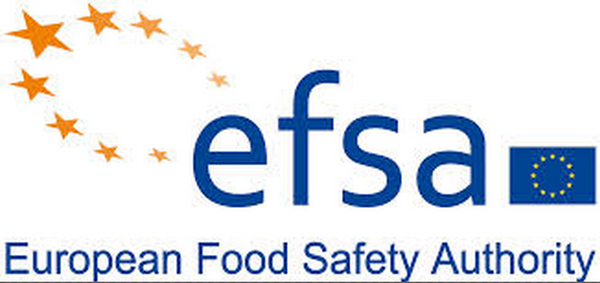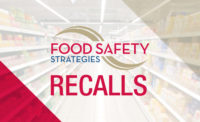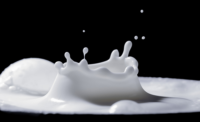The popularity of raw milk is on the rise as many consumers believe it to be a healthy alternative to pasteurized milk. However, experts from the European Food Safety Authority (EFSA) have concluded that raw milk can be a source harmful bacteria--primarily Campylobacter, followed by Salmonella and Shiga toxin-producing Escherichia coli. The EFSA, along with the Food Safety Authority of Ireland, are warning consumers that raw milk is dangerous and that consumption of it should be avoided.
Of the 27 outbreaks on record in Europe, almost all of them were caused by raw cow’s milk. Only a handful have been linked to raw goat’s milk.
European authorities strongly believe that even following the best hygiene standards may not completely prevent all cases of contamination and foodborne illness. However, following up-to-date standards is still a crucial practice in minimizing the chance that farms distribute contaminated raw milk. Maintaining a strict cold chain process between locations is also important to prevent--or at least slow--the growth of bacteria. According to the EFSA, the best way to kill bacteria in raw milk is to boil it before consumption. Raw milk--also commonly derived from sheep and other animals--is considered “raw” when it has not been heated to more than 40°C nor undergone any treatment with the same effect.
European Authorities Advising Against Raw Milk Consumption



